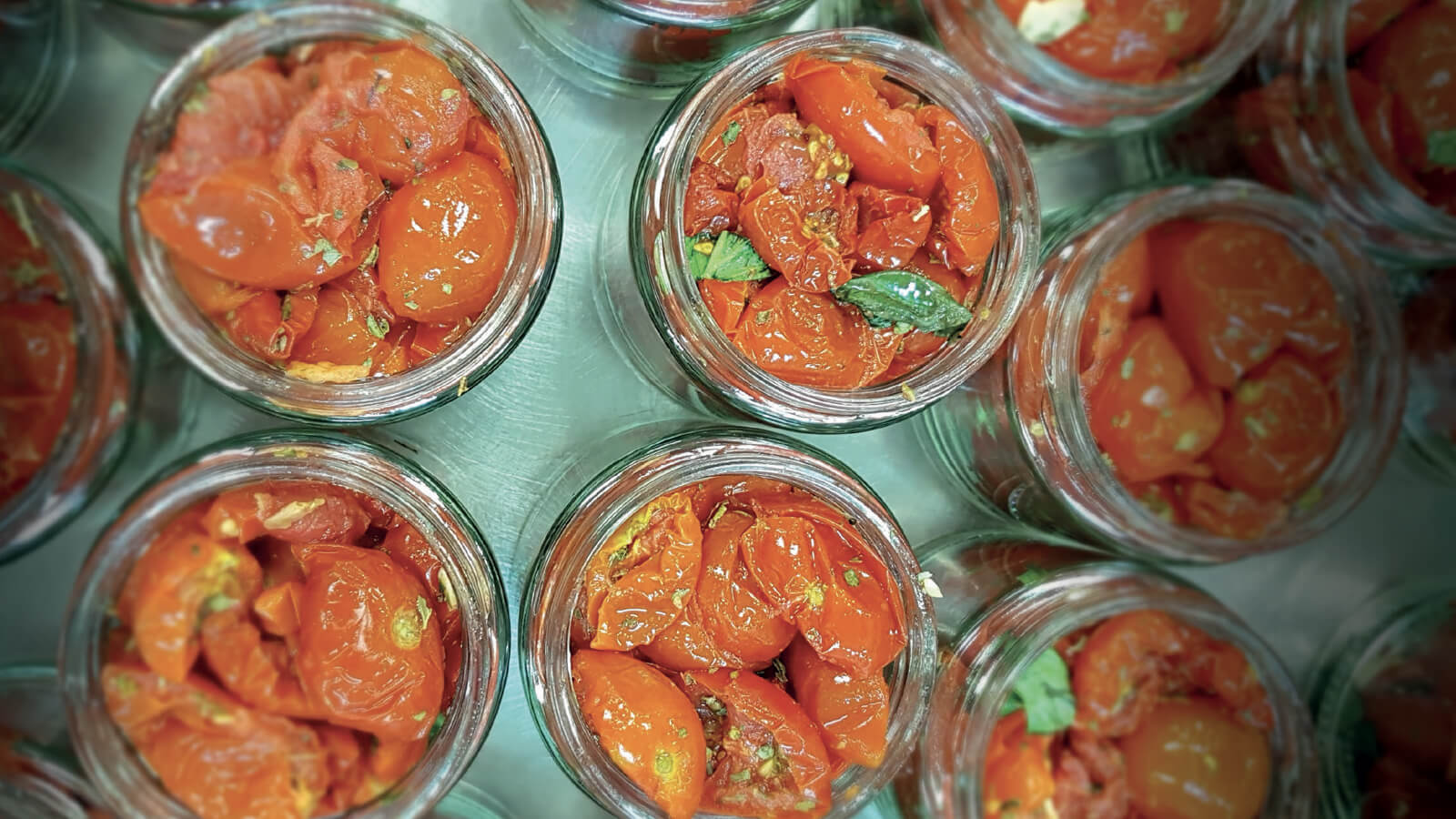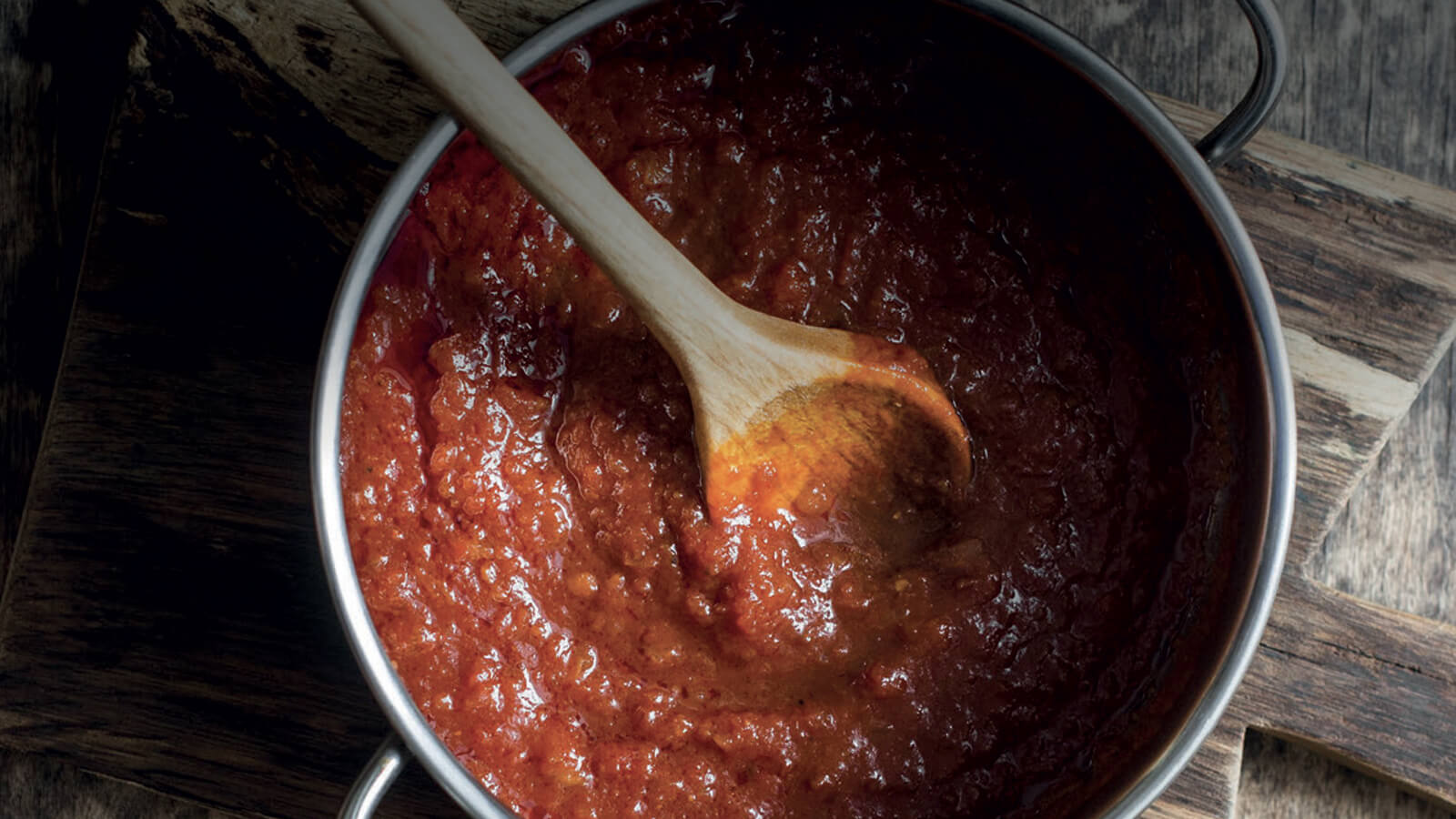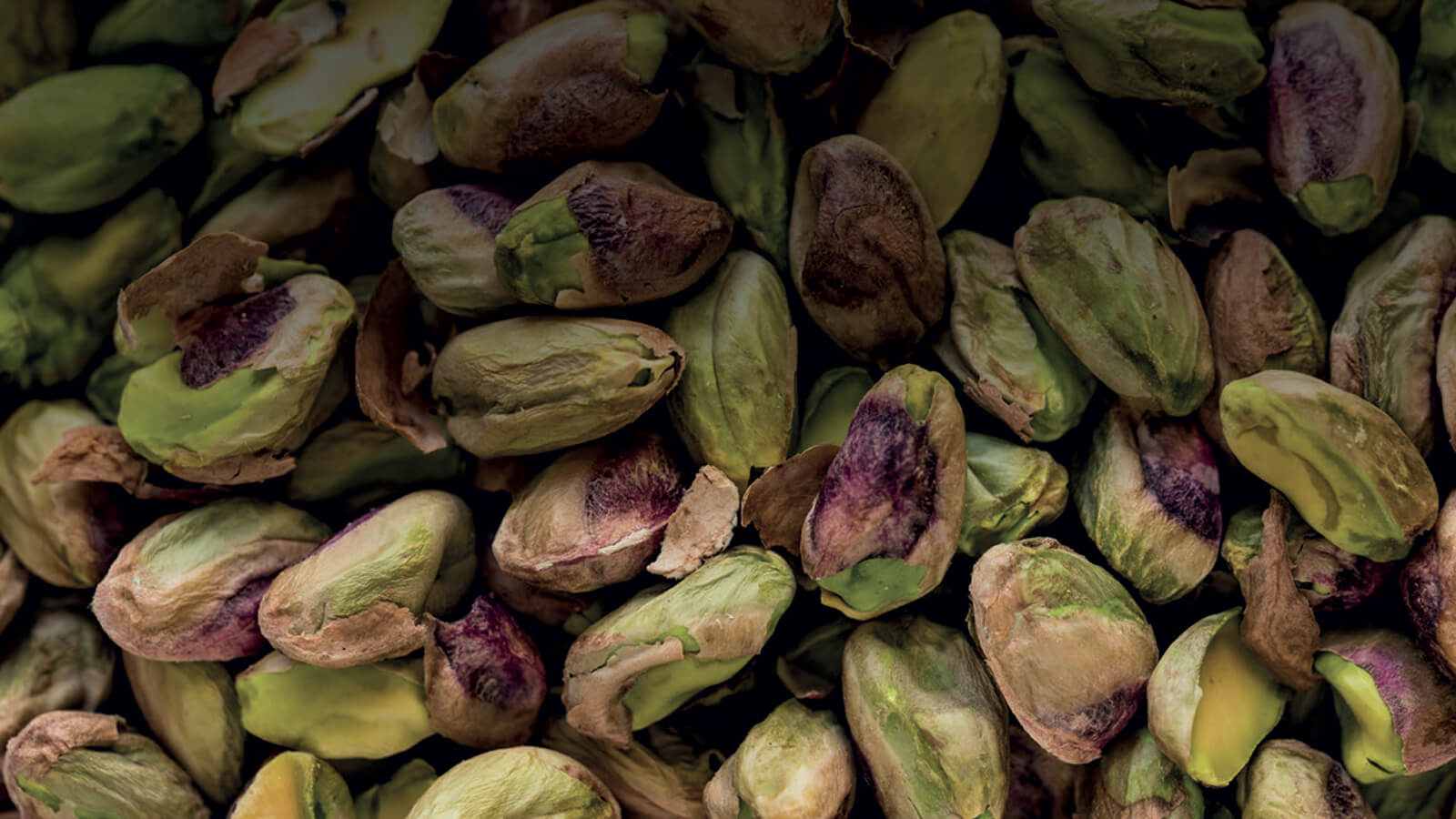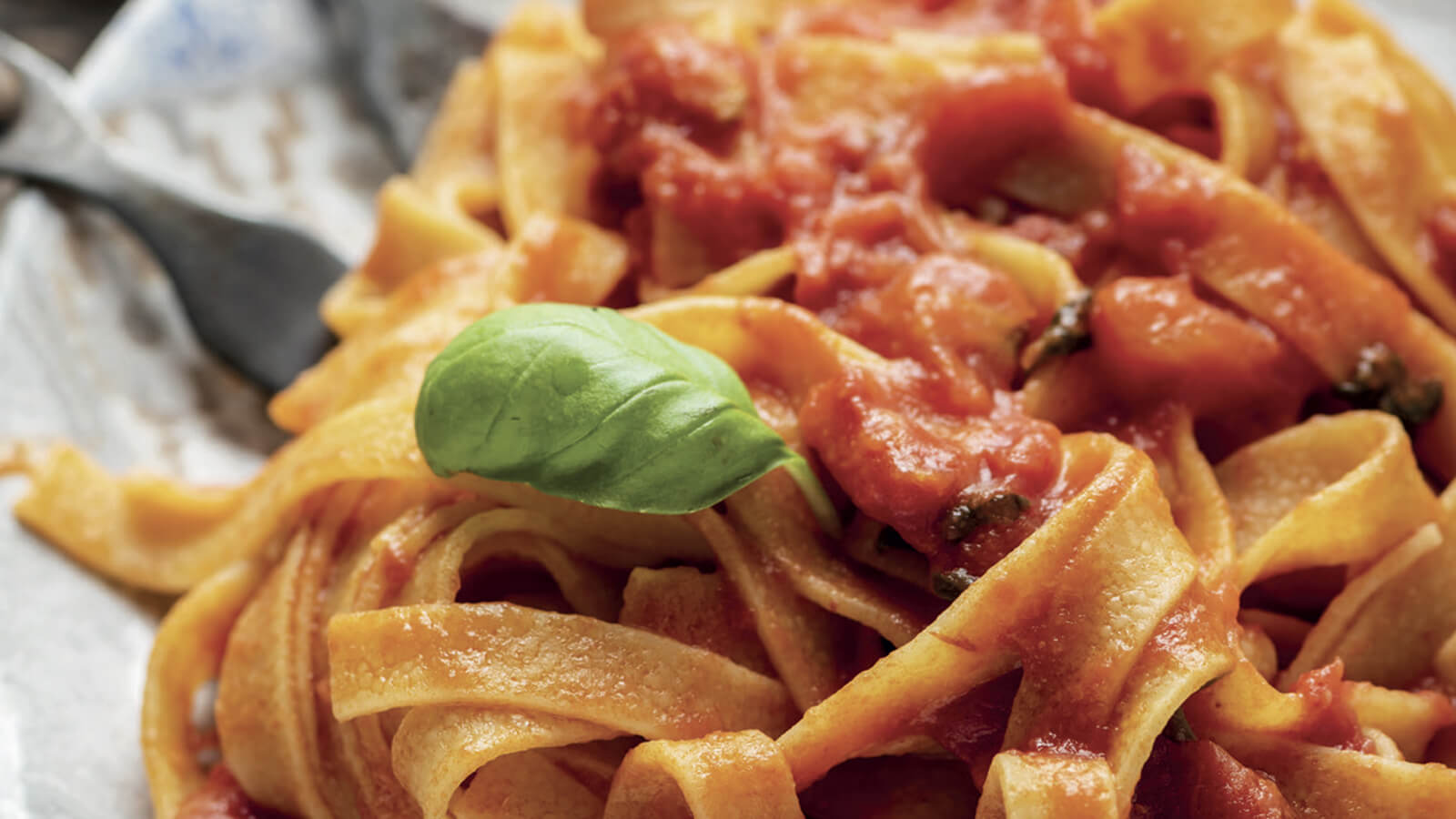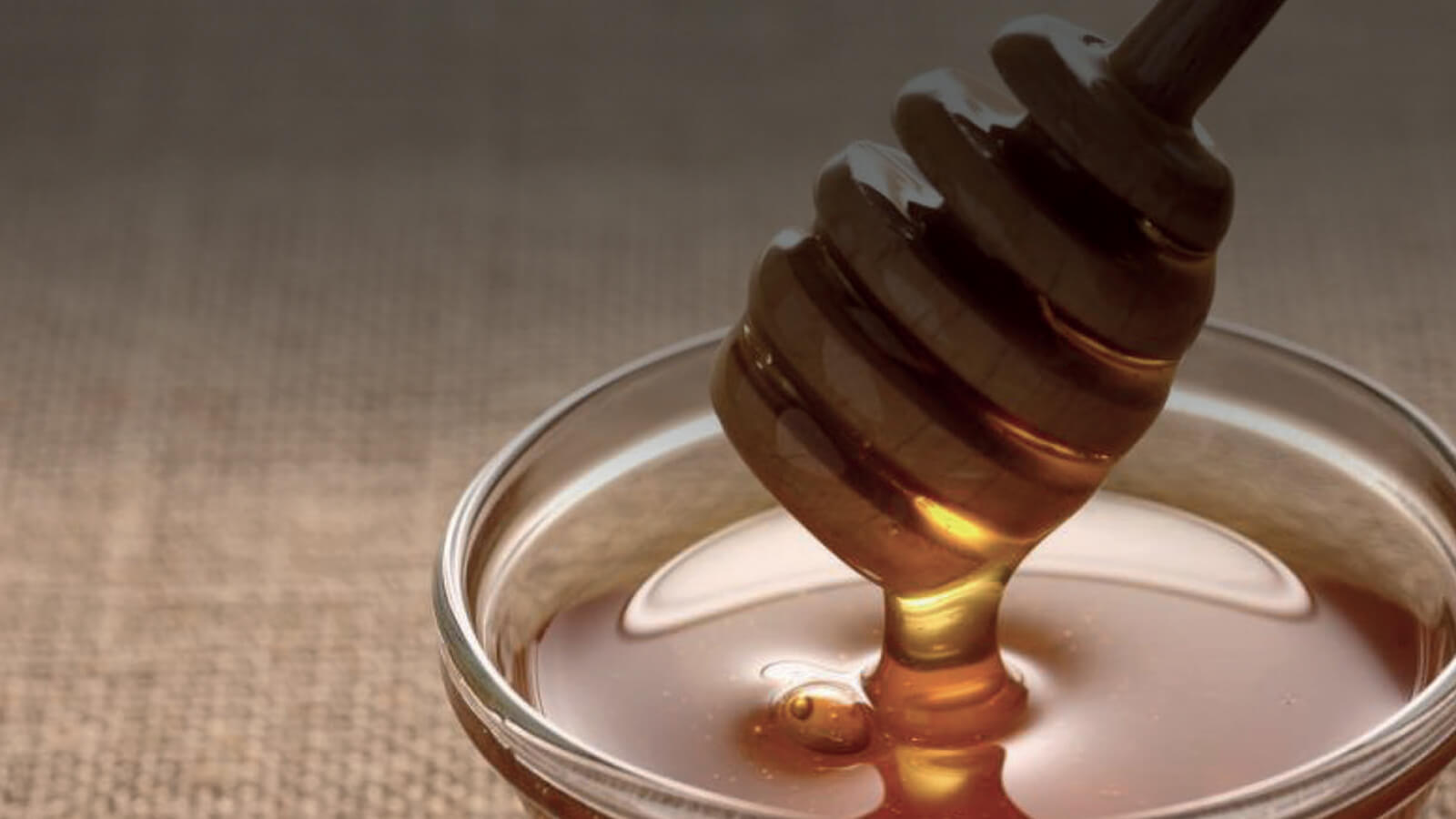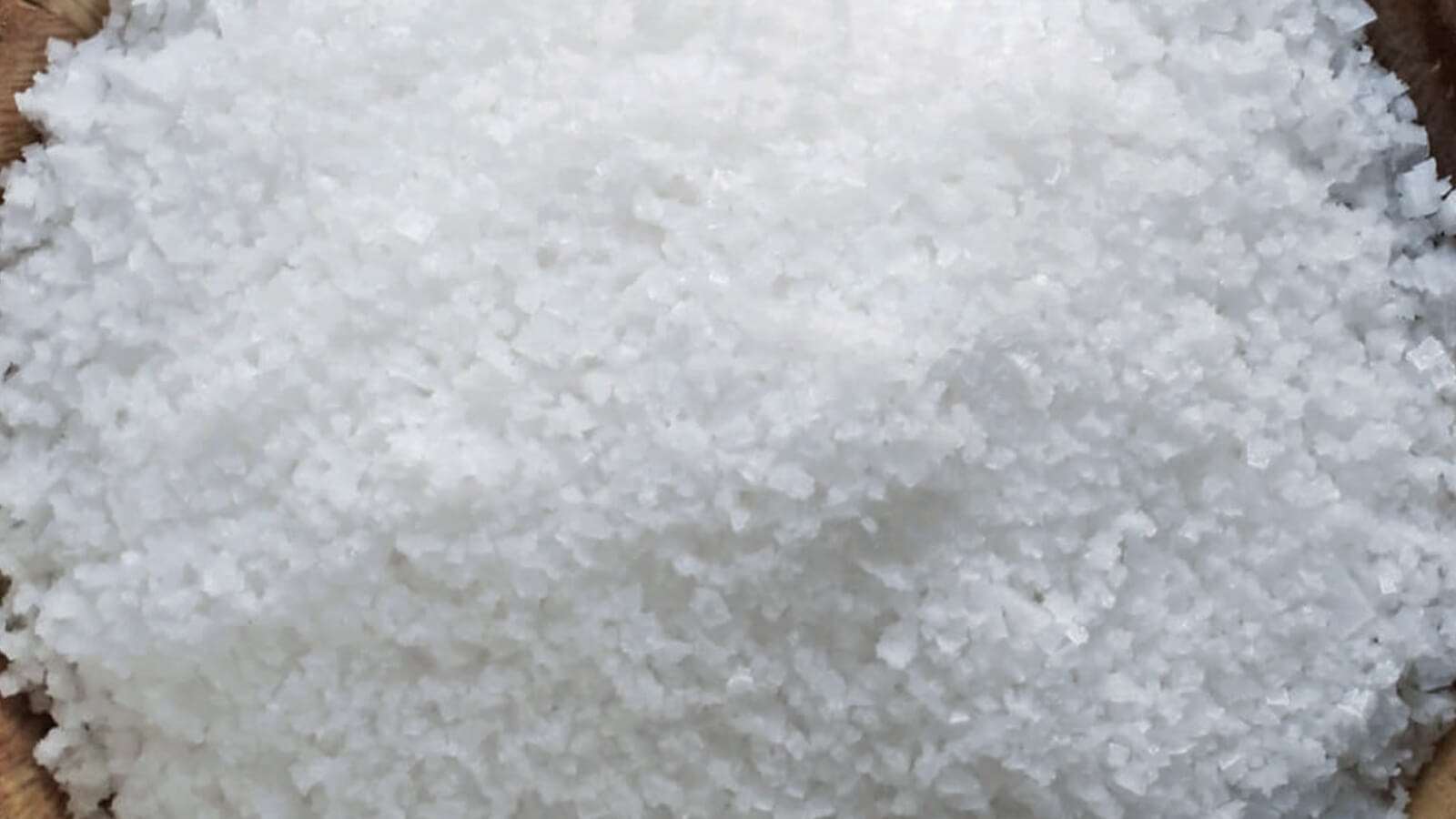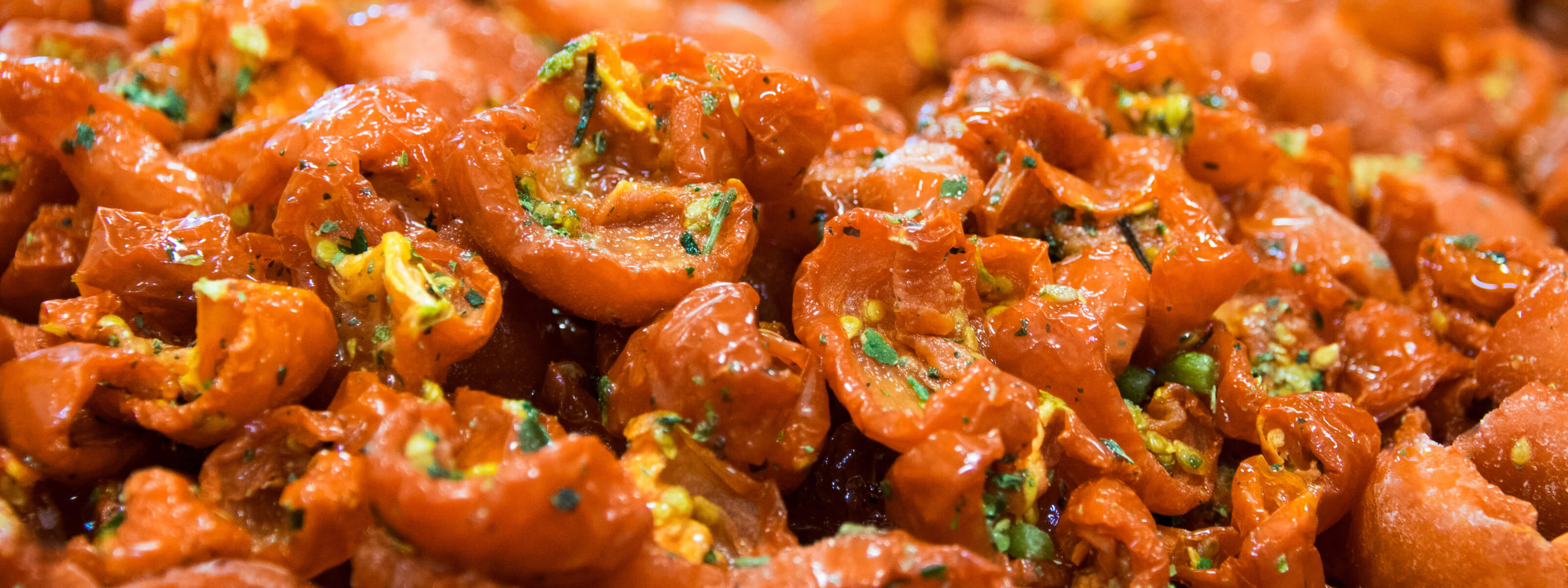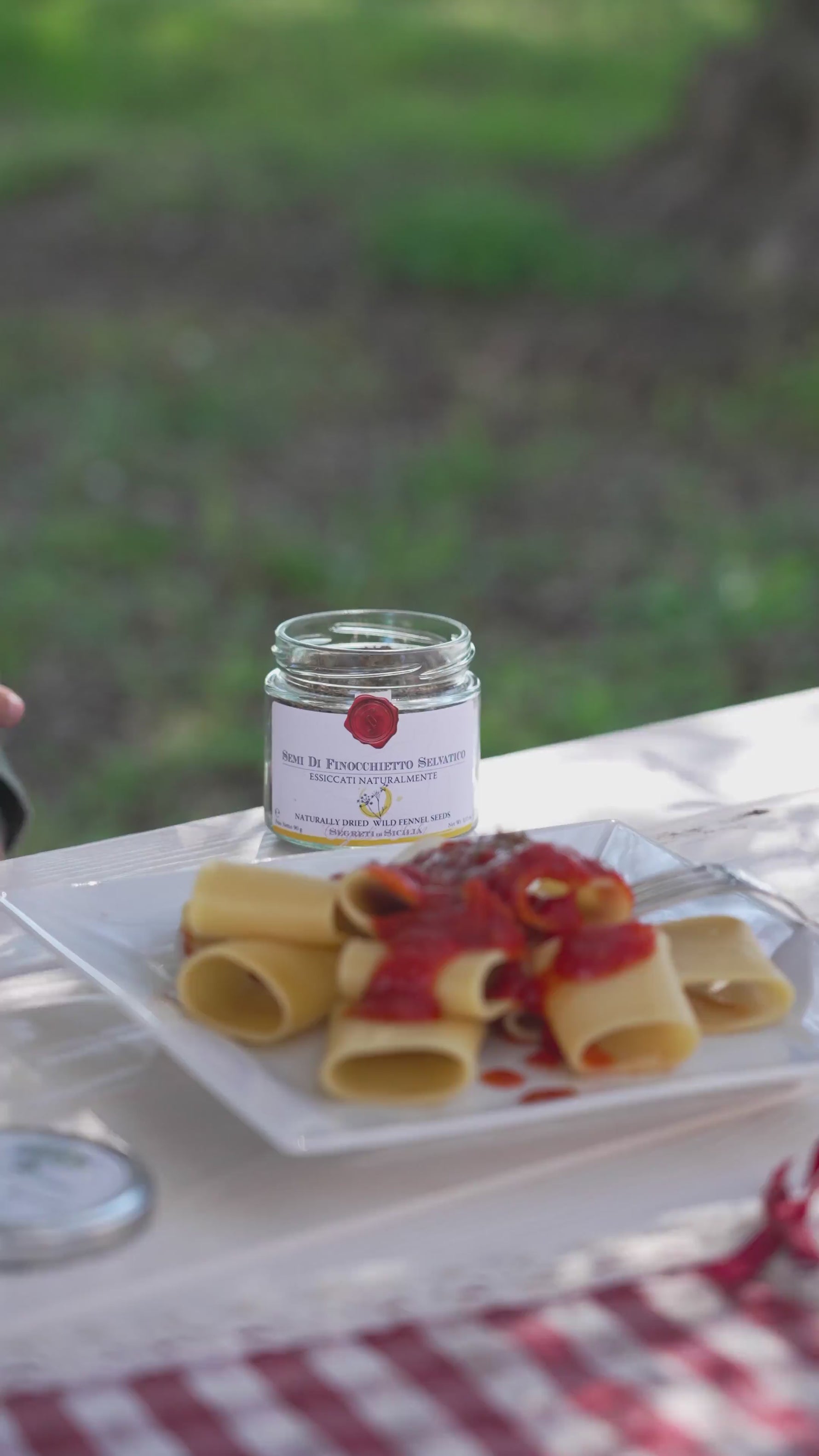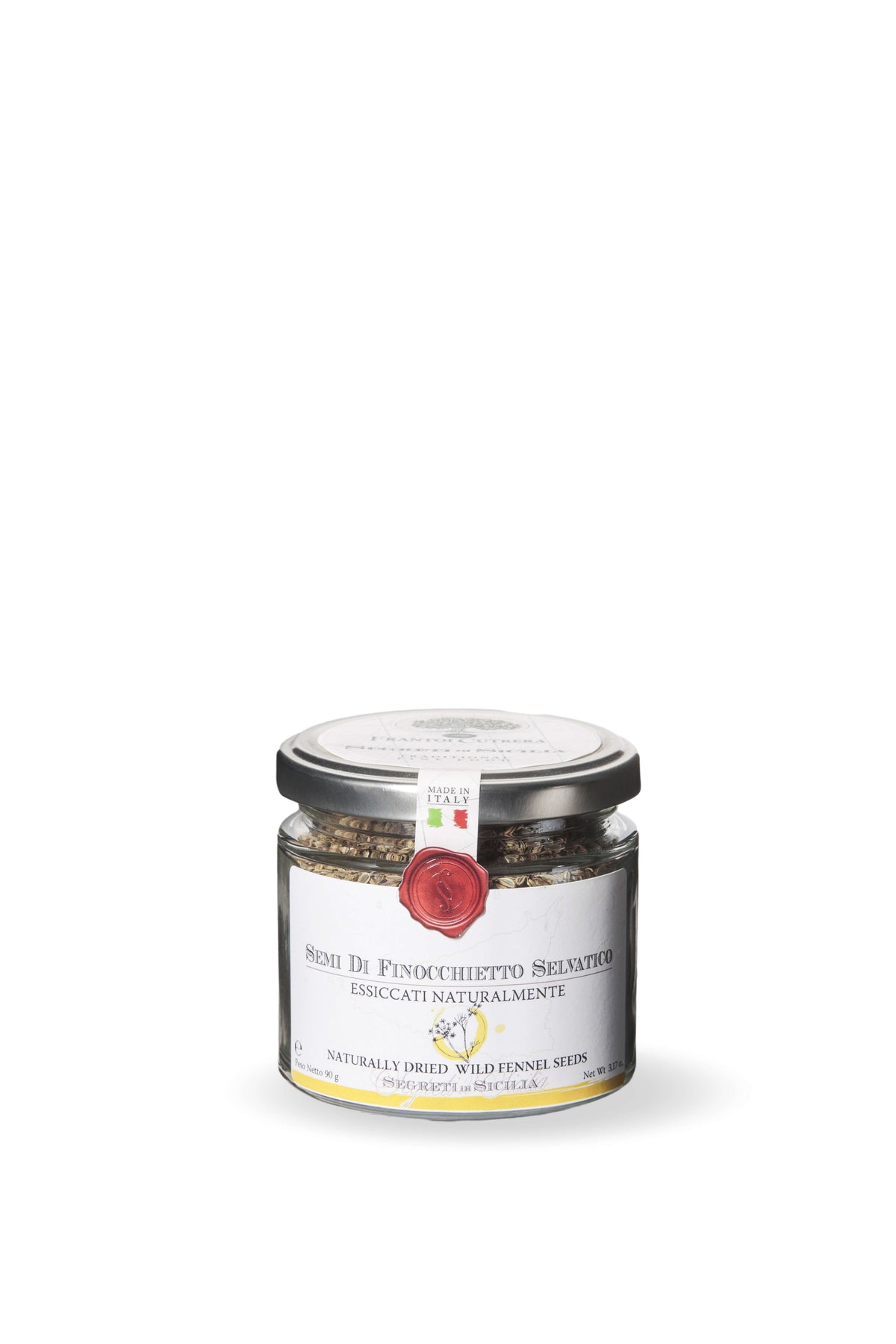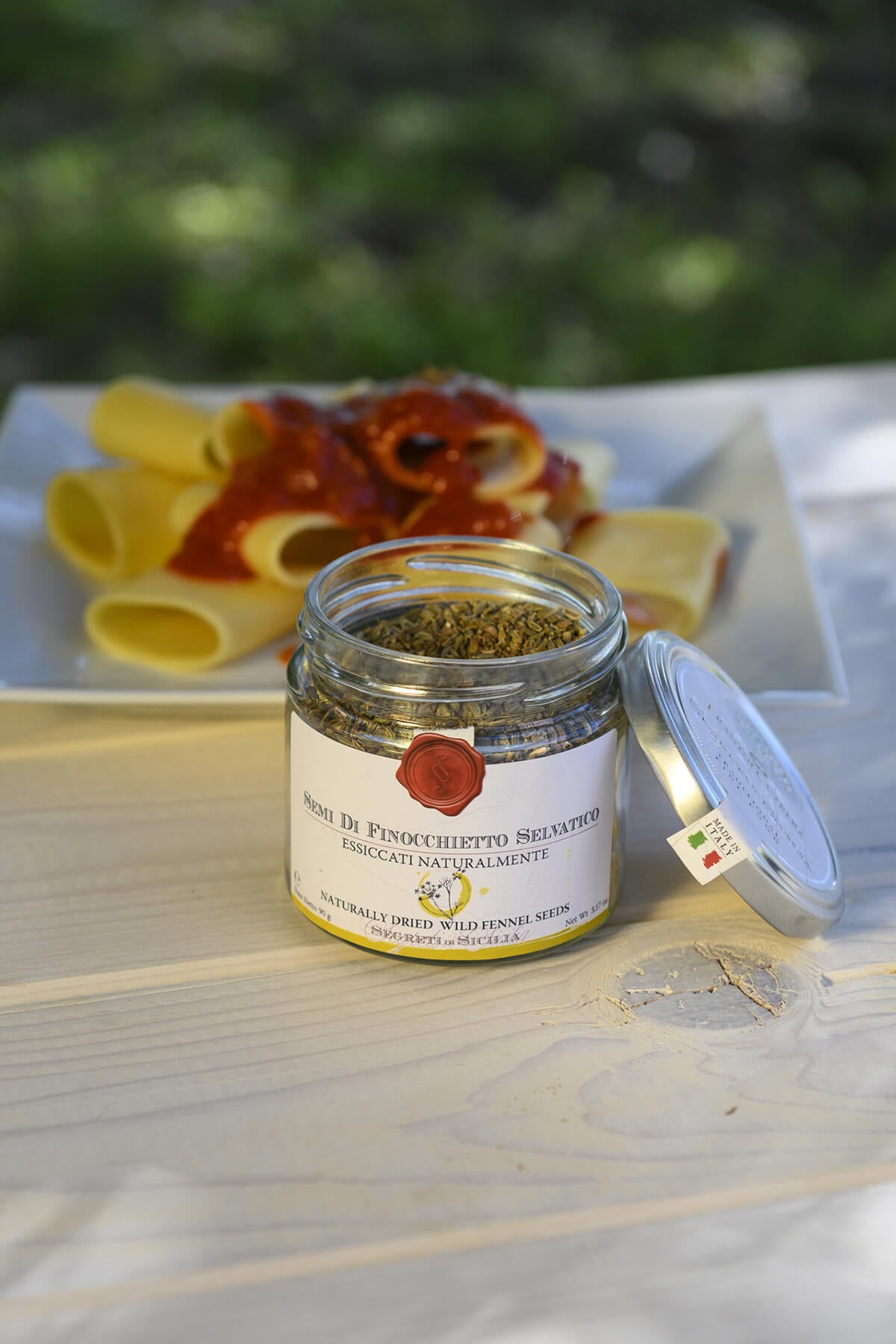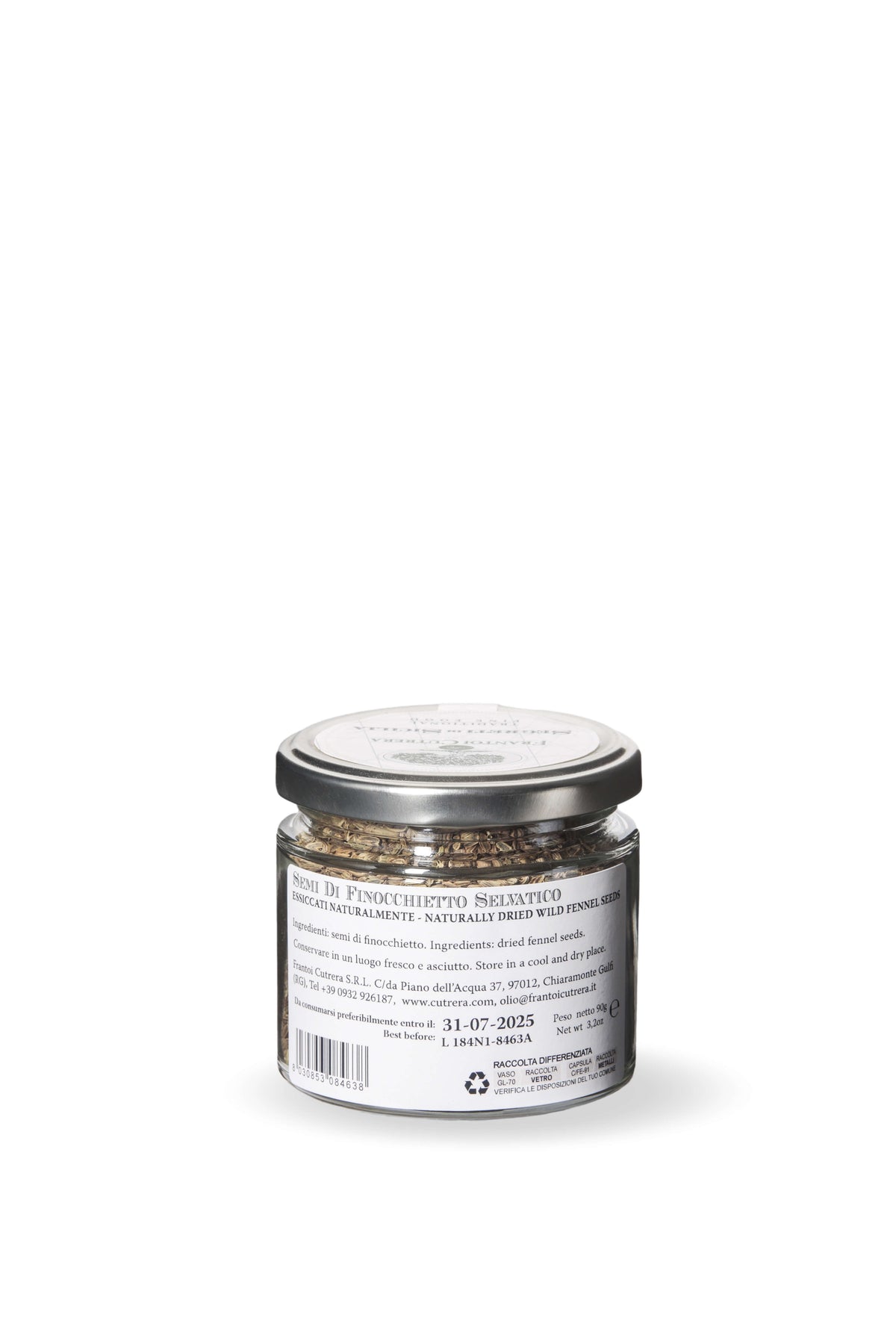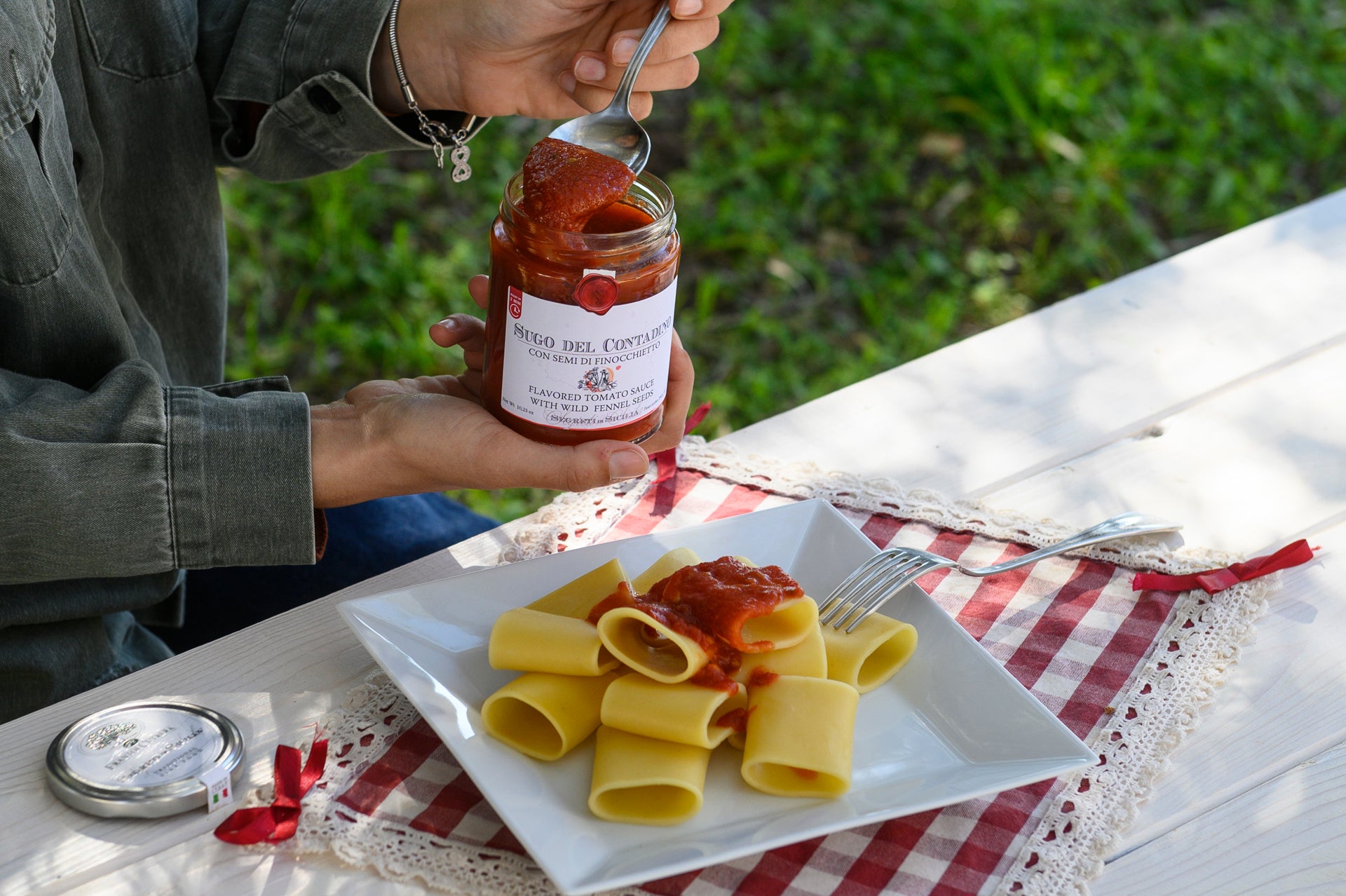
Wild Fennel: Properties, uses and beneficial effects
Introduction to wild fennel
Wild fennel, also known as mountain fennel or wild fennel, is an aromatic plant that grows spontaneously in various soils, especially in calcareous and sandy ones. This plant, belonging to the Apiaceae family, is widely appreciated for its many culinary and health virtues. It has an intense and fresh aroma, with notes of anise and lemon, which make it a versatile ingredient in the kitchen.
Characteristics of wild fennel
- Wild fennel has thin, thread-like leaves, similar to those of common fennel, but with a more intense flavour.
- The yellow flowers gathered in umbels give the plant a delicate and ornamental appearance.
- It is a rustic and resistant plant, which grows easily even in adverse climatic conditions.
Use in the kitchen
- Fresh wild fennel leaves are often used to flavor salads, meat, fish and cheeses.
- The seeds, harvested in late summer, add an aromatic touch to meat dishes, sauces and preserves.
- The infusion obtained from the aerial parts of the plant can be used to prepare digestive and relaxing drinks.
Healthy properties
- Wild fennel is rich in antioxidants and vitamins, which make it a precious ally for the body's well-being.
- Its digestive and diuretic properties make it useful for promoting digestion and counteracting water retention.
- In herbal medicine, it is used to relieve gastrointestinal disorders and menstrual pain.
Wild fennel, with its unmistakable fragrance and its many virtues, confirms itself as a precious treasure of nature to be discovered and appreciated in the kitchen and in daily well-being.
Health benefits
- Wild fennel is rich in antioxidant properties that can help protect cells from damage caused by free radicals.
- Its anti-inflammatory properties may be helpful in reducing inflammation and pain related to conditions such as arthritis.
- Thanks to its fiber content, wild fennel can aid digestion and help regulate intestinal function.
- The vitamins and minerals present in this plant can contribute to strengthening the immune system.
- Consuming wild fennel can be useful in improving respiratory health and promoting airway health.
- The presence of phytochemicals in wild fennel may have beneficial effects on heart health and help keep blood cholesterol levels low.
- Wild fennel essential oil is known for its digestive properties and may be useful in treating gastrointestinal disorders.
Use in the kitchen
In Italian cuisine, wild fennel is a versatile and aromatic ingredient that can be used in multiple ways. Here are some ideas on how to incorporate this delicious wild herb into your recipes:
-
Fresh salads: Add wild fennel to your salads for an aromatic and fresh touch. The tender and fragrant leaves go perfectly with lettuces, cherry tomatoes and other seasonal vegetables.
-
Pestos and sauces: Use wild fennel to prepare delicious pestos or fresh sauces to season on pasta, bruschetta or meat. The unique taste of this herb will give liveliness to your dish. Curious? We invite you to try our Farmer's Sauce !
-
Soups and stews: Add wild fennel to your soups or broths to enrich them with flavor. Place it fresh or add it as a crunchy garnish to give a special touch to the dish.
-
Meat seasoning: Finely chop the wild fennel and use it as a condiment to flavor grilled or roast meats. Its intense aroma will give depth of flavor to your preparation.
-
Omelettes and savory pies: Add wild fennel to omelettes or savory pies to give a touch of freshness and originality. Its unique fragrance will make your dishes irresistible.
-
Cheese seasoning: Accompany fresh or mature cheeses with wild fennel leaves to enhance their flavor and create tasty and refined combinations.
Experiment freely with wild fennel in the kitchen and be inspired by its versatility and goodness.
Tasty recipes with wild fennel
In the kitchen, wild fennel can be used in multiple ways to enrich our dishes with its unique and fresh aroma. Here are some delicious recipes that will allow you to fully appreciate the thousand virtues of this spontaneous plant:
-
Wild fennel salad: Finely chop the fennel and add it to the cherry tomatoes cut in half, black olives, diced feta and season with extra virgin olive oil and lemon juice. A fresh and tasty salad perfect for summer.
-
Pasta with wild fennel: Sauté garlic and chilli pepper in a pan with fresh wild fennel, add diced fresh tomatoes and season everything with grated pecorino. A dish that will enhance the flavors of nature.
-
Wild fennel omelette: Add wild fennel leaves to eggs beaten with grated parmesan and cook in a pan. A light and fragrant omelette, perfect for a quick and tasty dinner.
-
Wild fennel risotto: Add chopped wild fennel to your favorite risotto while cooking. Its fresh and herbaceous flavor pairs perfectly with the creaminess of the rice.
-
Wild fennel green sauce: Blend fennel, parsley, capers, anchovies, garlic, extra virgin olive oil and vinegar to obtain a sauce with a strong flavor to serve with grilled meat or delicious croutons.
Join us in discovering the countless culinary possibilities offered by wild fennel and let yourself be won over by its authentic aromas and the freshness it can give to dishes.
Cultivation of wild fennel
The cultivation of wild fennel requires some specific attention to ensure healthy and vigorous growth of the plants. Here are some important steps to take into consideration:
-
Choice of soil : Wild fennel prefers well-drained and sunny soil. Let's make sure the soil is light, fertile and well worked to encourage root development.
-
Sowing : Sowing of wild fennel preferably takes place in spring or autumn. We dig small holes spaced apart and insert the seeds about 1 cm deep.
-
Irrigation : Wild fennel needs good watering, especially during the hottest and driest periods. We keep the soil moist but not too wet to avoid water stagnation.
-
Thinning of the seedlings : When the wild fennel seedlings have reached a sufficient size, we carry out thinning to guarantee living space for each plant.
-
Plant care : We eliminate weeds that could compete with wild fennel for nutrients and space. Furthermore, we can fertilize the soil with natural fertilizers to encourage plant growth.
-
Harvest : Wild fennel is ready for harvest when the heads are well formed but not too ripe. We cut the plants at the base and hang them upside down to dry them.
Growing wild fennel can be a rewarding experience, allowing us to enjoy this aromatic delicacy directly from our garden.
Preservation and preservation of wild fennel
To preserve wild fennel and prolong its freshness and flavor, we can adopt different methods.
- Store the fennel in the refrigerator: we can wrap it in a damp cloth and keep it in the least cold section of the refrigerator to maintain its crunchiness for a few days.
- Freezing fennel: we can wash and cut wild fennel, then freeze it in airtight bags or containers to preserve it longer.
- Drying the fennel: by hanging the sprigs in a cool, airy place, we can dry the wild fennel to preserve it for several months and use it in winter preparations.
- Preserving fennel in brine: we can preserve wild fennel sprouts by immersing them in a saline solution to prolong their shelf life and flavor.
In this way, we can enjoy the beneficial properties and unique aroma of wild fennel for a long time, enriching our dishes with this precious ally of our health.
Curiosities and traditions linked to wild fennel
- Wild fennel has been used in cooking for centuries for its aromatic and tasty properties.
- In the past, it was also used for its supposed healing and digestive properties.
- In popular tradition, wild fennel was considered a symbol of good luck and was included in various rituals and ceremonies.
- Numerous legends and popular beliefs are linked to this plant, which is often associated with protective and magical virtues.
- The cultivation and harvesting of wild fennel have been handed down from generation to generation, respecting ancient traditions linked to its harvesting and conservation.
- In some regions of Italy, such as Sicily, Puglia, and Sardinia, wild fennel is an integral part of local cuisine and is used in many traditional recipes.
- During local celebrations and festivals, it is common to find dishes based on wild fennel, a symbol of identity and culinary tradition.
- Today, thanks to its popularity and versatility in the kitchen, wild fennel is appreciated not only in traditional production areas, but also throughout the world for its unique aroma and its many virtues.
Possible contraindications and precautions when using wild fennel
Wild fennel is generally considered safe when consumed in normal dietary amounts. However, there are some precautions to keep in mind:
-
Allergies: People with known allergies to pyrethrum or other plants in the Asteraceae family, such as dandelion or chamomile, may be more prone to developing an allergic reaction to wild fennel.
-
Drug interactions: Because wild fennel can have effects on the central nervous system, it may interact with drugs that have the same effects. It is always good to consult a doctor before using it, especially if you are being treated with drugs that affect the nervous system.
-
Pregnancy and breastfeeding: Pregnant or breastfeeding women should avoid consuming high doses of wild fennel as it may have hormonal effects. It is always best to consult a doctor before using it in these stages of life.
-
Side effects: In some cases, taking wild fennel could cause side effects such as allergic reactions, skin irritation, or gastrointestinal upset. If you experience symptoms of this type, it is advisable to stop taking it and consult a doctor.
Always remember to follow the recommended doses and pay attention to any adverse reactions. If you have any doubts or concerns, do not hesitate to seek advice from your doctor or health professional.
Wild fennel in cultural context
Wild fennel, also known as mountain fennel, has deep roots in the Italian cultural context.
- In many regions, it is used in cooking to enrich traditional dishes, giving a fresh and characteristic aroma.
- Its presence in recipes passes down ancient culinary traditions, whose unique flavor is famous throughout the country.
- Not only a popular ingredient in cooking, wild fennel also has a symbolic meaning in various local festivals and traditions, often linked to the celebration of nature and abundance.
- Wild fennel also plays an important role in traditional medicine. Its digestive and anti-inflammatory properties are often exploited for the well-being of the body.
- It is also common to find it in art and literature, where it is described for its beauty and enveloping scent.
- This spontaneous herb therefore represents a combination of tradition, culture and biodiversity, which continues to be appreciated and valorised.
Final thoughts on wild fennel
Wild fennel is an amazing plant that offers a wide range of health benefits and culinary possibilities. During the course of this article, we have examined in detail the many virtues of this aromatic herb that grows wild in different regions.
- We have discovered that wild fennel is rich in antioxidants, vitamins and minerals essential for our well-being.
- We explored the digestive and carminative properties of this plant, which can help relieve digestive problems and abdominal bloating.
- We have also highlighted its expectorant and anti-inflammatory characteristics, which make it precious for combating flu and respiratory symptoms.
- We cannot forget its use in the kitchen, where its unique aroma enriches a wide range of dishes, from first courses to side dishes.
- Finally, we underlined the ease with which wild fennel can be harvested and used fresh or dried in various preparations.
Ultimately, wild fennel is confirmed as a true natural treasure that deserves to be appreciated and integrated into our diet and daily routine. Its multiple virtues and its unique taste make it an excellent choice for both health and the palate. Exploring the potential of this plant can bring tangible benefits, enriching our culinary experience and our overall well-being.
Share



















